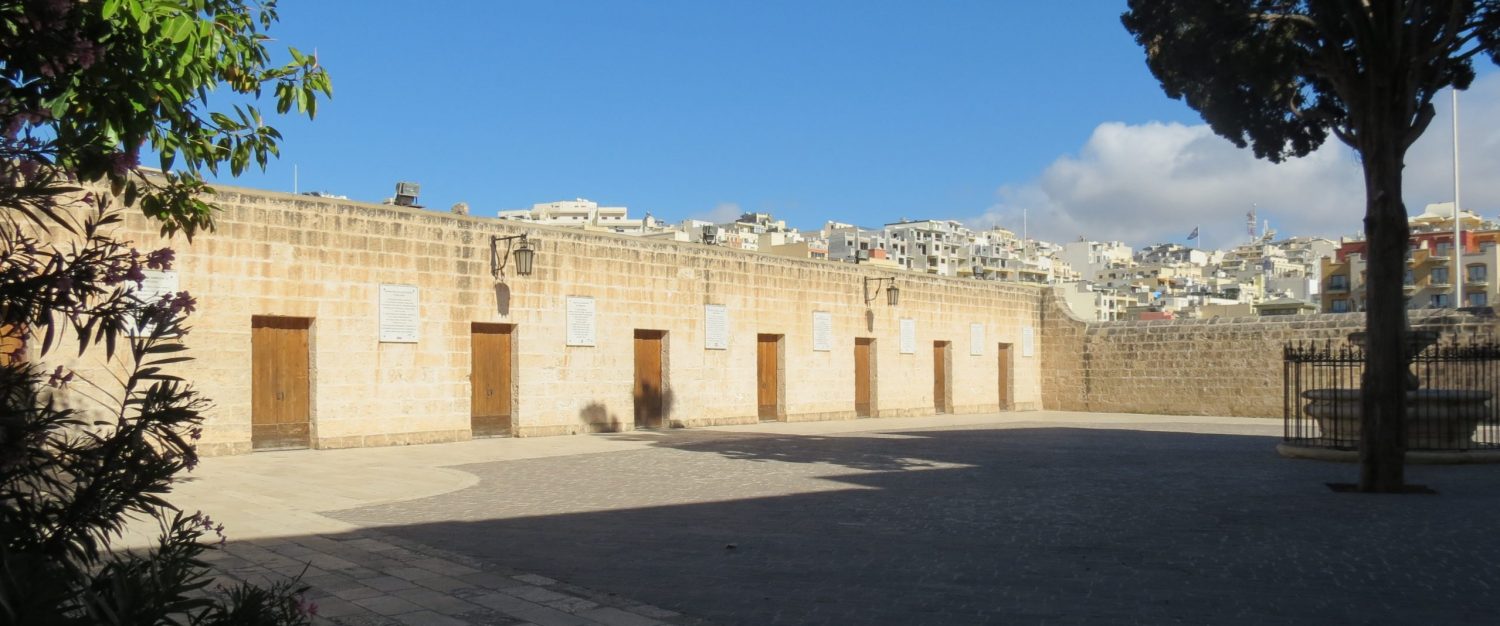The Project
The project we embarked on was one to save this iconic place and, while retaining its original characteristics, to convert it into a project which will offer visitors a unique experience. The idea is that the upper level is to be transformed into a pilgrims’ museum which will offer an overview of what it meant, and still means, to be a pilgrim, while, as a second phase, we plan to transform the lower level into a museum featuring trades and folklore of this town in the past . At the same time, we aim to carry out this restoration in a way that will make the museum a cultural hub, where it will be possible:
- To host artefacts, including works of art which at present are not accessible to the general public
- To hold talks on culture and history
- To offer a possibility where the parish and restorers/researchers can cooperate to create a multidisciplinary approach to restoration
- To hold short term exhibitions and cultural events in the museum thus creating a launching pad for emerging artists.
- To open the museum to students, tourists, local and foreign academics and members of the general public interested in visiting a place where religion, art and Maltese history meet.
We believe that we have an innovative experience to offer visitors whereby they can, not only visit a building housing a museum dedicated to the pilgrims’ way, but also be invited to take part themselves in a pilgrim’s experience involving, not simply a visit to a museum, but also a visit and a moment of prayer at the nearby shrine, grotto and parish church, thus becoming pilgrims themselves. We hope that in this way our project will promote a religious experience as well as an experience in social inclusion through exhibits and events that are aimed at all people and embrace all differences. In this way, visitors will be joining the many pilgrims from all walks of life who visited and prayed at the sanctuary through the ages. Among the more famous historical visitors were:
- Cardinal Fabio Chigi who was the inquisitor of Malta and later became Pope Alexander VII
- The Viceroy of Sicily
- The Knights of Malta, amongst whom Grandmasters Alof de Wignacourt, Antonio Manoel de Vilhena and Manoel Pinto de Fonseca were regular visitors
- The hermit St Joseph Labre’ who for some time resided in these rooms
- Pope St John Paul II
We wish to offer this project to everyone. All are welcome here. The world is welcome here.

